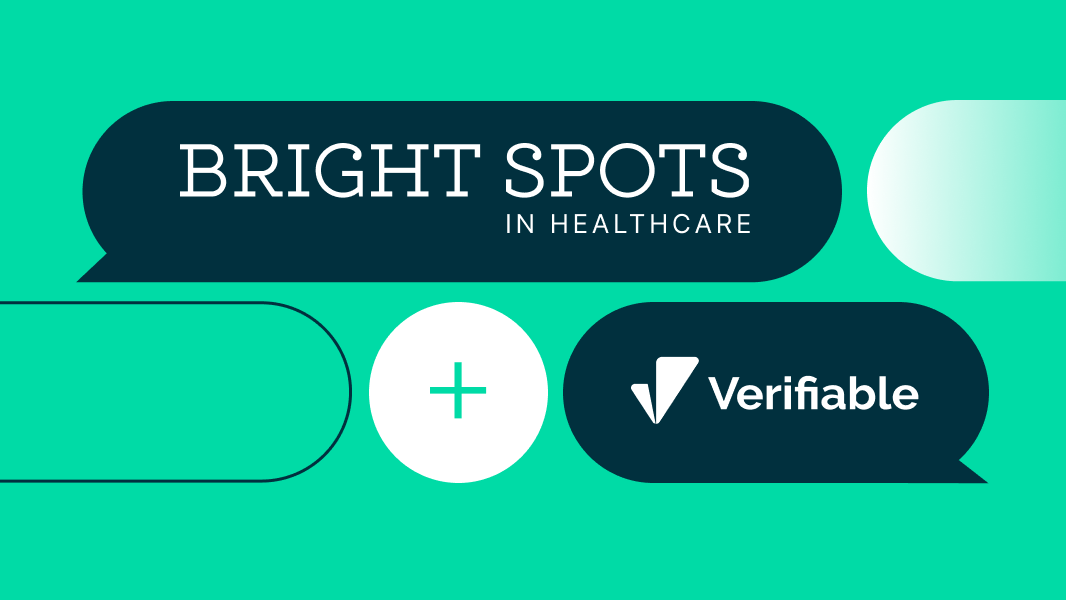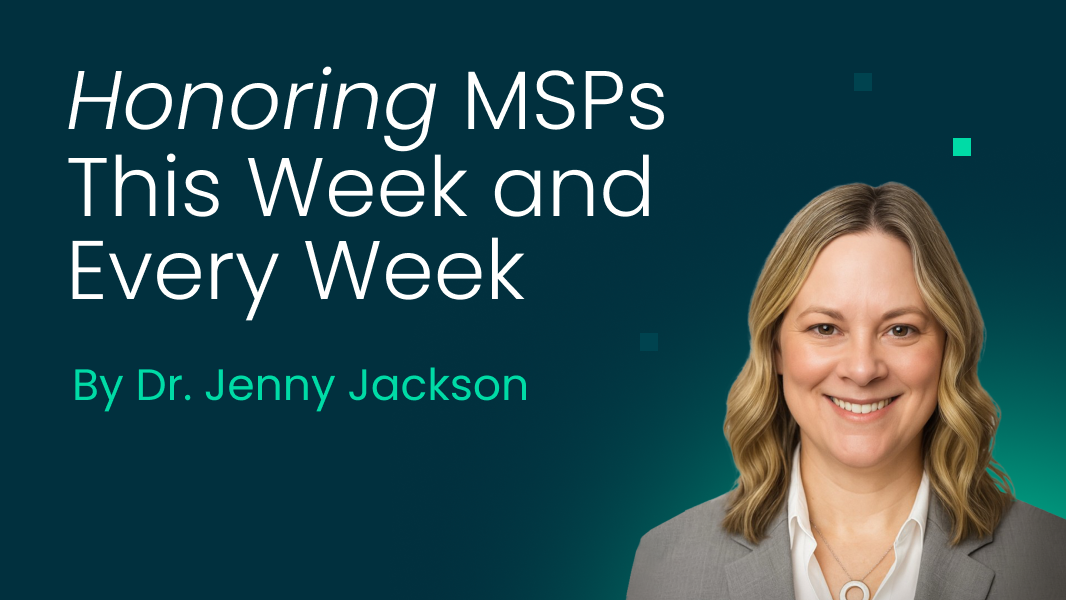Expanding the number of network providers is a key to delivering high-quality, accessible care to members—regardless of their location. This means adding new regions, provider specialties, and telehealth services to reach underserved members and communities.
In addition to the push toward provider network expansion, the rumblings around NCQA requiring faster credentialing turnaround times in 2025 have many leaders evaluating operational efficiency.
Questions like, “Can our medical credentialing team handle higher volumes plus stricter timelines?” are being asked more broadly.
For compliance, operations, and network leaders, there’s urgency around getting a streamlined credentialing process in place in anticipation of increased growth targets, credentialing demands, and market competition.
In short, getting provider and facility data centralized, and medical credentialing and provider network monitoring dialed in, has never been more important.
Ask Your Team These 3 Questions to Identify Priority Areas for Optimization
We encourage you and your team to ask the following three questions to kickstart credentialing optimization. In doing so, you can better understand your current operations and what insights you’d like to gain from more centralized, data-backed workstreams.
1. Where are the greatest administrative burdens in your credentialing and monitoring process?
Manual workflows often cause significant administrative burdens for both providers and operations teams. Identifying where your credential specialists and operations teams are bogged down with manual work or where providers are required to complete redundant tasks is the first step.
The provider intake process can be particularly arduous for clinicians and can impede network growth. Additionally, primary source verifications during credentialing and ongoing monitoring are extremely time-consuming for your staff. These key areas are prime candidates for automation.
> After all, faster medical credentialing = better provider experiences & network growth.
A streamlined medical credentialing process that fast-tracks the provider’s ability to work impacts their initial perception of your organization. Limiting manual intake forms, avoiding asks for replicable information, and offering fast, transparent credentialing timelines is a win-win.
2. What other systems does your provider data connect to (or wish it was connected to)?
Credentialing timelines impact various organizational areas, leading to siloed provider data across multiple systems. Frequent handoffs between teams like recruiting, HR, credentialing, and network management increase the chances for disruptions and errors. Automating and centralizing these workflows connects the data while minimizing errors and speeding up processes.
For many health plan organizations, the mission-critical system for all provider data to connect to is Salesforce or another CRM. Centralizing provider data in a solution like Salesforce ensures that all teams interact with one source of truth. This integration reduces data discrepancies and duplication of efforts, while enhancing collaboration across departments.
Provider data should also connect to other key systems to maximize its utility:
- Provider Onboarding: Integrating provider data from the initial intake throughout provider onboarding ensures that new provider information is accurately recorded, accessible, and collected once and can be used again by other departments.
- Credentialing: Connected provider data reduces the time and effort required to validate information, minimizing the risk of errors or omissions.
- Network Monitoring: Automated, ongoing provider network monitoring ensures NCQA compliance by enrolling providers in ongoing monitoring with a single click to track critical sources, including state licenses, OIG, state sanctions, SAM, DEA, Medicare Opt-Out, and NPDB, to prevent compliance issues and potential fraud.
- Billing and Claims Systems: Integrating with billing and claims systems ensures accurate billing information, reducing claim rejections and improving reimbursement cycles. With a real-time view of providers and facilities, you can protect against out-of-network referrals and from reimbursing sanctioned or excluded providers.
Comprehensive integration across departments enhances the accuracy and timeliness of provider data. This leads to more transparent decision-making and enhanced provider and member experience.
3. What Insights Are We Getting from Our Provider Data?
Evaluate the insights your provider data provides. Can you answer questions like:
- How many providers do we have in a certain region?
- How many providers are projected for provider re-credentialing next month?
- Are any of our providers on a sanction list?
- Who has licenses expiring in the next 90 days?
These questions often require centralized and visible provider data across teams—from operations to medical credentialing teams. If your organization uses multiple point solutions that don’t integrate well, you may lack access and visibility to critical data. In other words, the above questions may not be so answerable.
If data access and visibility are adequate, evaluate your confidence in data accuracy and cross-departmental accessibility. Having reliable, connected, real-time data is crucial for making informed decisions.
Asking the right questions and taking an audit of your credentialing and provider network monitoring solutions creates empowered decision-making.
By digging into your credentialing processes, you can assess if your team is prepared for accelerated credentialing times and growth targets. If you find areas that need improvement, it might be time to evaluate an automated credentialing solution that will centralize data and deliver seamless hand-offs between departments.

.svg)




